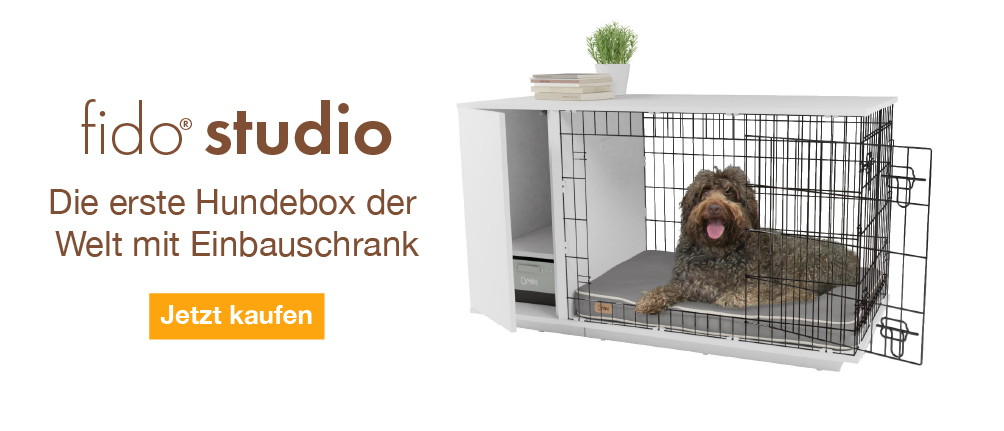Kanadischer Eskimohund





Geschichte
The Canadian Eskimo dog (also known as the Canadian Inuit dog) has been resident in the Arctic for around 4,000 and was believed to have been bred by the Thule People for use as hunting dogs and sled pullers. The dogs could sense seals holes in the ice from miles away and were also used to hunt polar bears. It is closely related to the Greenland Dog and has very little genetic differences to it. Many people believe it is the same breed. The breed is now threatened with extinction despite a massive breeding programme in the 1970's.
Verhalten
The CED is highly intelligent and very loyal to it's family. They are affectionate towards those around them and like to be close to you and work with you. They are fine with children and other dogs within the home is raised together. They can be slightly wary of strangers at first but soon accept them once in the house. They have a high prey drive namely from when they were left to fend for themselves in days gone by and will often chase cats and other animals. Early socialisation will help prevent later problems with other animals. They will often howl and bark and this needs to be addressed early on to prevent problems with neighbours.
The CED is a working dog and likes to be kept busy. They work well in a pack as well as individually and need a job to do. Many owners have wheeled sleds and use the dogs to race. They have immense stamina and can run and walk for miles. Training should be consistent and fair, with praise and reward based training paying off and working quite quickly. With fair training the dogs respond well and are happy to please you. They form a strong bond with their owner and dislike harsh correction. Lead training can take time and patience as they were bred to pull and this is natural for them.
Many people underestimate the amount of exercise the breed needs. The chance to run every day is a must to keep the dog happy. They make ideal jogging partners and do well in sledding competitions etc. At least a couple of hours a day should be set aside for 'walking' the breed. They were bred to pull/run and that is what excites them.
Their coat needs brushing once a week and daily when they are moulting. The fur produces natural oils which keep it in top condition so bathing should be infrequent to stop the loss of oils and damage to the coat.
The CED has few major health concerns and is a rarely ill. They seriously dislike warm weather and can suffer from heat stroke surprisingly quickly. They will often find somewhere cool to sleep and will dig holes in the garden to sleep on the cool soil.
Einzelheiten zur Rasse
- Status: Common
- Lebenserwartung: 12 - 13 years
- Produktgewicht: 18 - 40 kg
- Höhe: 20 - 27"
- Selten: NEIN









